The ultimate guide to safe sun protection, DIY recipes, and toxin-free living
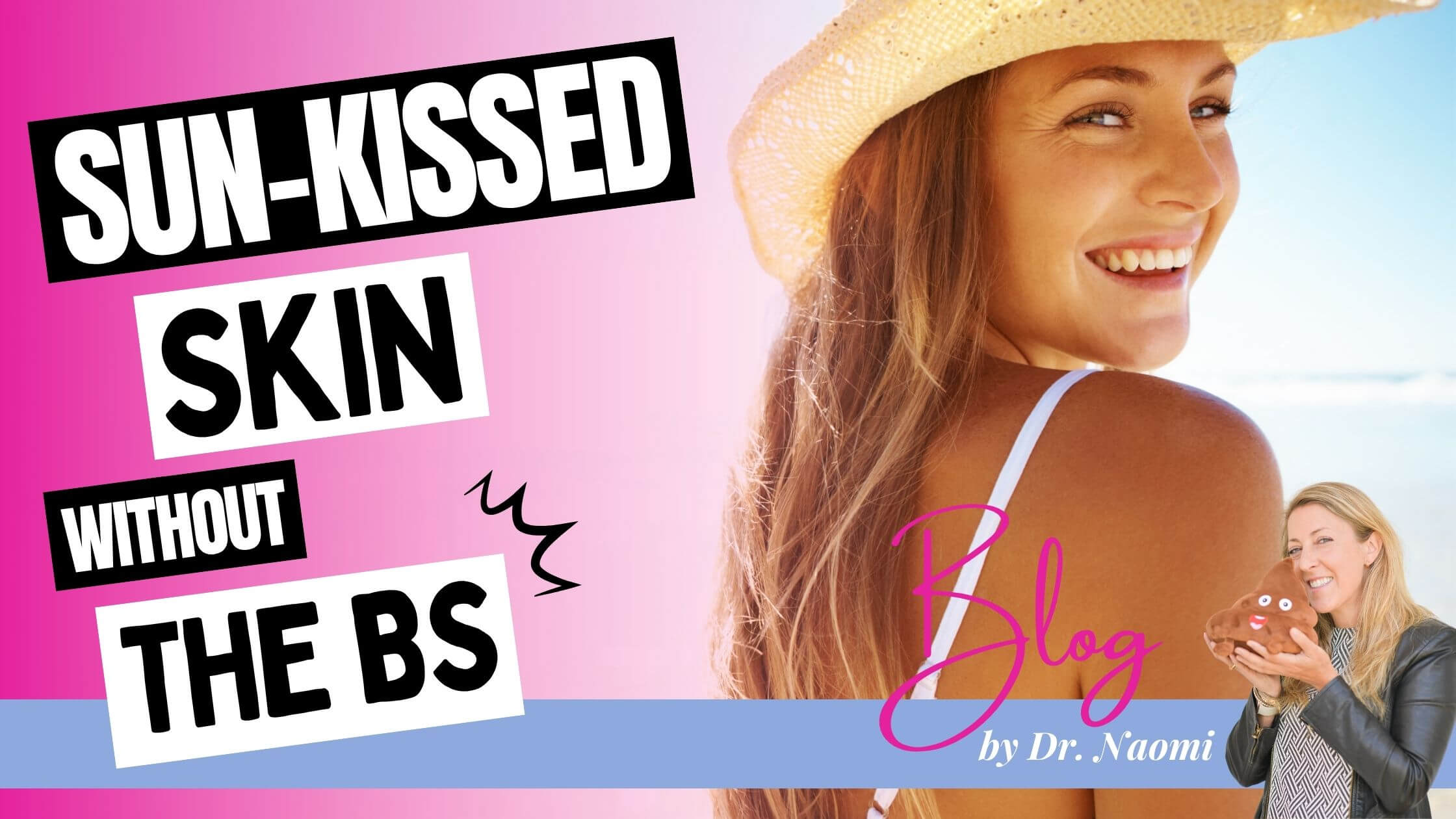
If you've ever been told that slathering on sunscreen daily is a must for dodging skin cancer, you're in good company! But, after diving deep into toxicology and wading through tons of sunscreen ingredients, I've realized the real story is way more nuanced. As someone who's all about health and prevention, here's what I think you really need to know before blindly trusting any old product you find on the shelf.
Now, I'm a big fan of keeping things simple, and for everyday sun protection, I often just use coconut oil. But hey, we all have different needs, right? That's why I've also got a recipe for a DIY sunscreen that kicks things up a notch in terms of blocking power, without any of the nasty toxic stuff.
The bottom line? Let's aim to enjoy the sun without getting burned!
1. Some ingredients might actually help skin cancer
I know, it sounds crazy, but hear me out! Studies show that certain sunscreen ingredients, like retinyl palmitate (a synthetic form of vitamin a), can actually break down into free radicals when they're hit with sunlight. These free radicals can mess with your DNA, age your skin faster, and might even increase the risk of tumors. The National Toxicology Program did a study on mice that found more skin tumors when retinyl palmitate was used during sun exposure.
Always peek at your sunscreen's ingredient list and ditch any products that contain retinyl palmitate.
2. Chemical sunscreens? More like bloodstream visitors!
Those chemical sunscreen ingredients don't just chill on the surface of your skin. Research has shown that chemicals like avobenzone, oxybenzone, octocrylene, homosalate, octisalate, and octinoxate can get absorbed into your bloodstream at pretty significant levels.
Some of these chemicals have been linked to hormone disruption and neurotoxicity. This raises some big safety concerns for all of us, especially the kiddos and pregnant women.
The FDA even published a Randomized Clinical Trial, which discovered that avobenzone, oxybenzone, octocrylene, homosalate, octisalate, and octinoxate in lotion, aerosol spray, nonaerosol spray, and pump spray were all "systemically absorbed and had plasma concentrations that surpassed the FDA threshold for potentially waiving some of the additional safety studies for sunscreens.”
Basically, we need more info to be sure these sunscreen chemicals are safe.
Only zinc oxide and titanium dioxide have been deemed generally recognized as safe and effective so they might be your safest bet.
3. "Fragrance-free" isn't a free pass
Think "fragrance-free" means you're in the clear? Not always! There can be hidden fragrance chemicals lurking in there, used to cover up any funky smells. If you spot terms like "fragrance," "parfum," or "aroma" on the ingredient list, that could mean dozens of undisclosed compounds, some of which have been linked to hormonal issues or allergic reactions.
4. Aerosol sunscreens: hold your breath!
Spray sunscreens create a cloud of super-fine chemicals that are easy to inhale, especially for kids. When you inhale these chemicals, they can bypass your body's natural filters and head straight into your bloodstream.
Ingredients in aerosol sprays, like propellants and nanoparticles, have been linked to lung irritation, nervous system effects, and even contamination with carcinogens.
5. Lifestyle sun protection is where it's at!
Sunscreen isn't the only weapon in your sun-safety arsenal. Science backs up some simple lifestyle habits that can help protect your skin naturally, without the extra chemical exposure:
- Try to stay out of direct sun or find some shade between 11:00 and 16:00h (there are apps you can check on what the UV index is)
- Rock protective clothing, like wide-brim hats and long sleeves.
- Load up on antioxidant-rich foods (my number 1) to help your skin fight off UV damage. Think tomatoes, leafy greens, carrots, sweet potatoes, pumpkins, berries, and mangoes.
6. How to snag a safer sunscreen
Safer, effective sunscreens do exist—you just have to know what to look for:
- Go for mineral sunscreens with non-nano zinc oxide or titanium dioxide as the only active ingredients. These minerals act as physical barriers, don't get absorbed into your bloodstream, and are less irritating for most skin types.
- Avoid products with known harmful chemicals like oxybenzone, octinoxate, avobenzone, octisalate, homosalate, or retinyl palmitate.
- Opt for lotions or sticks instead of sprays to avoid inhalation risks.
- Look for full ingredient transparency. The fewer ingredients, the better.
- Consider products made with organic aloe, shea butter, tallow, or beeswax for some gentle, nourishing sun care.
No sunscreen is ever going to be 100% perfect, but reading labels and making smart choices can seriously cut down on your toxin exposure — all while keeping you safe in the sun.
Unlock your body's hidden healing power (it's waiting)
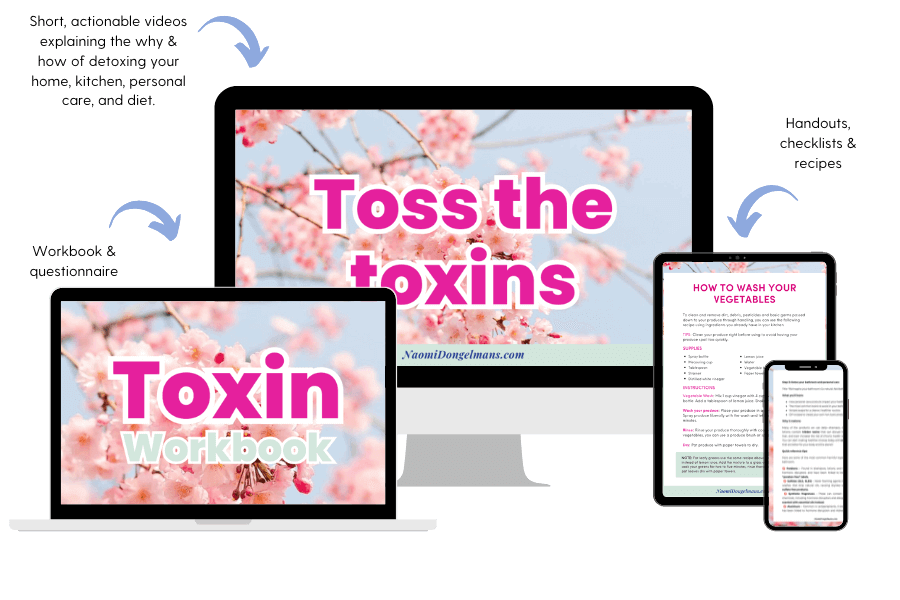
Sources
- Photocarcinogenesis Study of Retinoic Acid and Retinyl Palmitate in SKH-1 Mice (Simulated Solar Light and Topical Application Study). National Toxicology Program. August 2012. https://ntp.niehs.nih.gov/go/tr568abs
- Mei N, Hu J, Xia Q, Fu PP, Moore MM, Chen T. Cytotoxicity and mutagenicity of retinol with ultraviolet A irradiation in mouse lymphoma cells. Toxicol In Vitro. 2010 Mar;24(2):439-44. doi: 10.1016/j.tiv.2009.10.004
- Matta MK, Florian J, Zusterzeel R, Pilli NR, Patel V, Volpe DA, Yang Y, Oh L, Bashaw E, Zineh I, Sanabria C, Kemp S, Godfrey A, Adah S, Coelho S, Wang J, Furlong LA, Ganley C, Michele T, Strauss DG. Effect of Sunscreen Application on Plasma Concentration of Sunscreen Active Ingredients: A Randomized Clinical Trial. JAMA. 2020 Jan 21;323(3):256-267. doi: 10.1001/jama.2019.20747
- Substance Infocard: 2-(4-tert-butylbenzyl)propionaldehyde. https://echa.europa.eu/substance-information/-/substanceinfo/100.001.173
- Dittmar D, Schuttelaar MLA. Contact sensitization to hydroperoxides of limonene and linalool: Results of consecutive patch testing and clinical relevance. Contact Dermatitis. 2019 Feb;80(2):101-109. doi: 10.1111/cod.13137
- Sugie H, Sasaki C, Hashimoto C, Takeshita H, Nagai T, Nakamura S, Furukawa M, Nishikawa T, Kurihara K. Three cases of sudden death due to butane or propane gas inhalation: analysis of tissues for gas components. Forensic Sci Int. 2004 Jul 16;143(2-3):211-4. doi: 10.1016/j.forsciint.2004.02.038
- Petyaev IM, Pristensky DV, Morgunova EY, Zigangirova NA, Tsibezov VV, Chalyk NE, Klochkov VA, Blinova VV, Bogdanova TM, Iljin AA, Sulkovskaya LS, Chernyshova MP, Lozbiakova MV, Kyle NH, Bashmakov YK. Lycopene presence in facial skin corneocytes and sebum and its association with circulating lycopene isomer profile: Effects of age and dietary supplementation. Food Sci Nutr. 2019 Mar 13;7(4):1157-1165. doi: 10.1002/fsn3.799
- Roberts RL, Green J, Lewis B. Lutein and zeaxanthin in eye and skin health. Clin Dermatol. 2009 Mar-Apr;27(2):195-201. doi: 10.1016/j.clindermatol.2008.01.011
- Walsh RP, Bartlett H, Eperjesi F. Variation in Carotenoid Content of Kale and Other Vegetables: A Review of Pre- and Post-harvest Effects. J Agric Food Chem. 2015 Nov 11;63(44):9677-82. doi: 10.1021/acs.jafc.5b03691




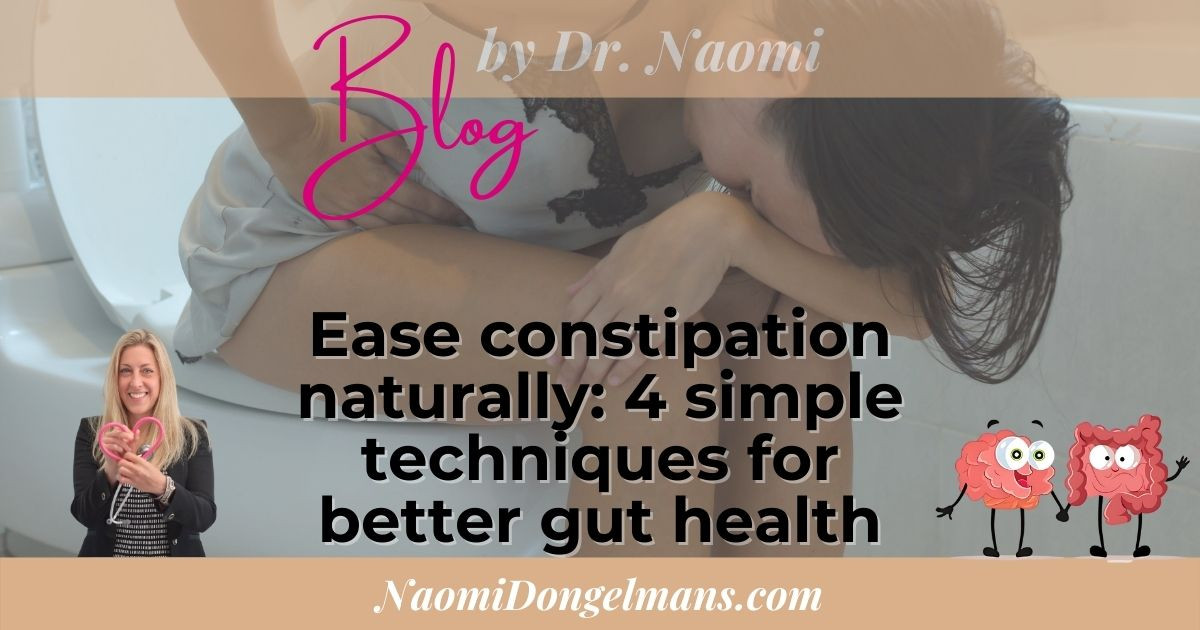
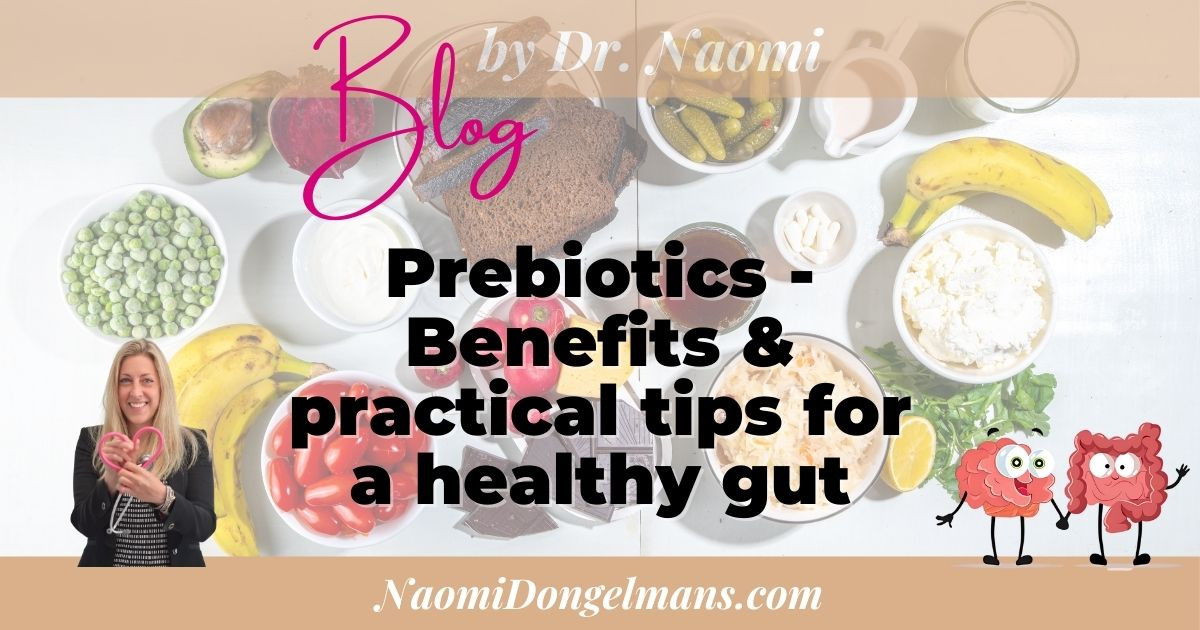

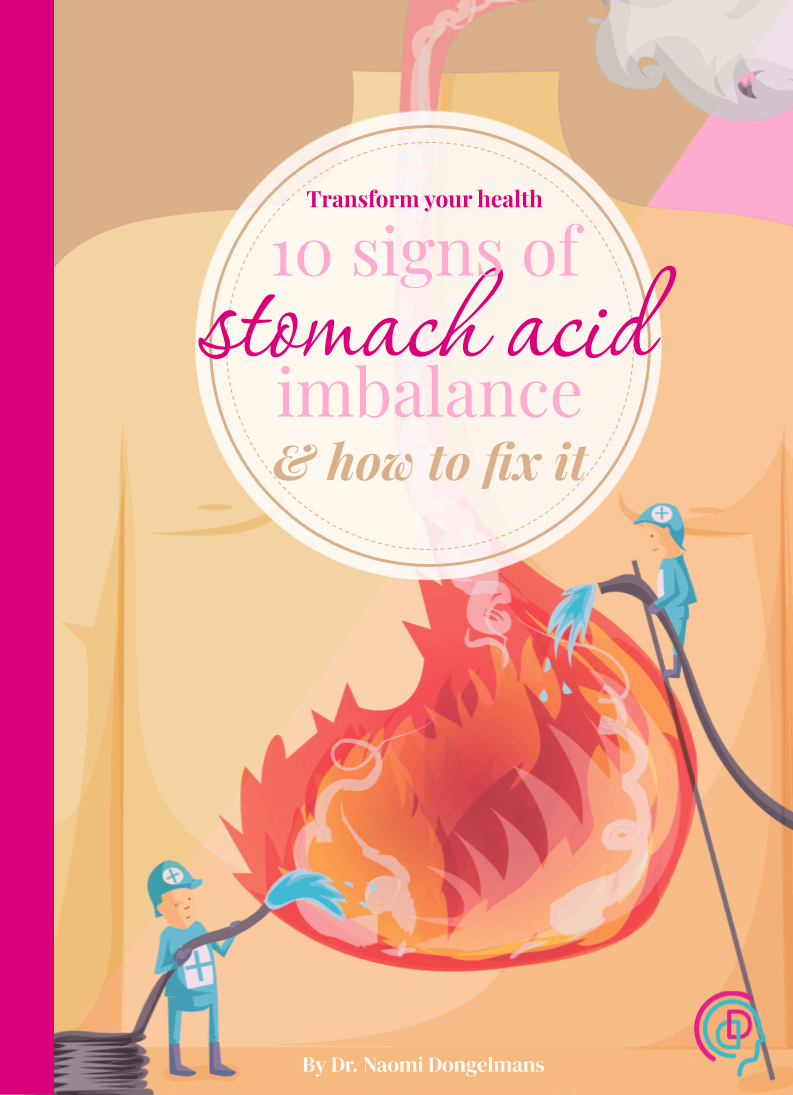
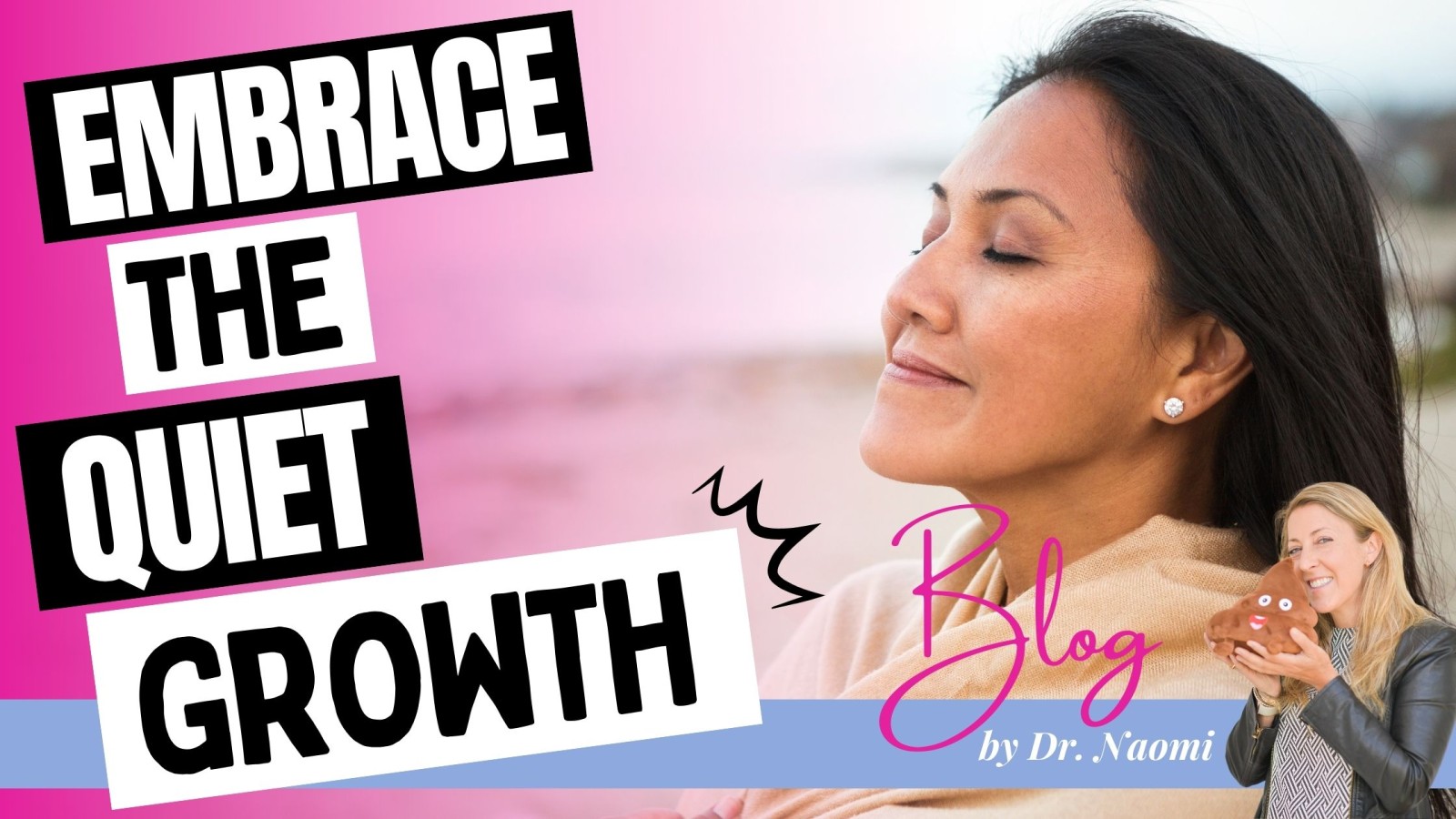
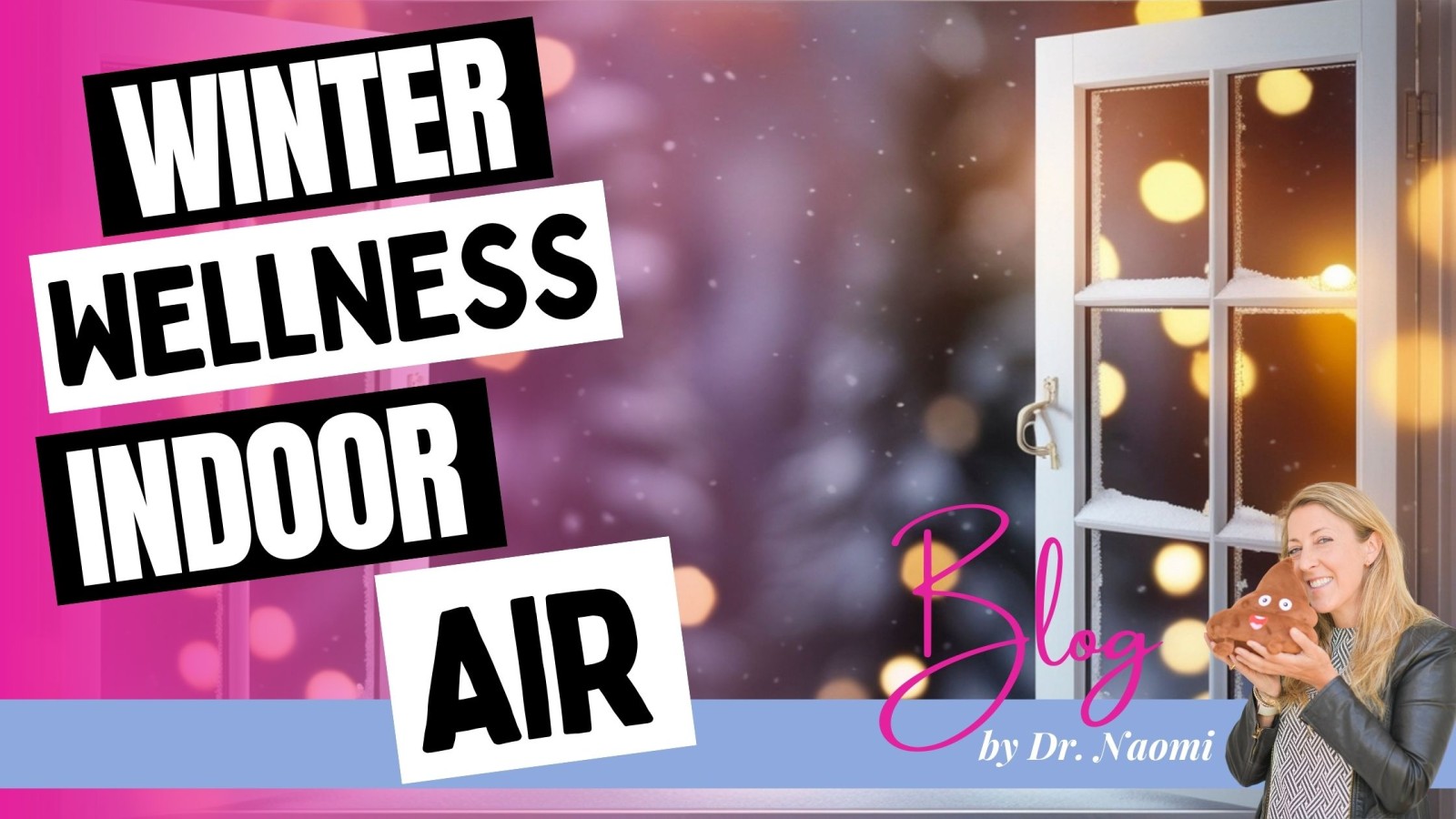
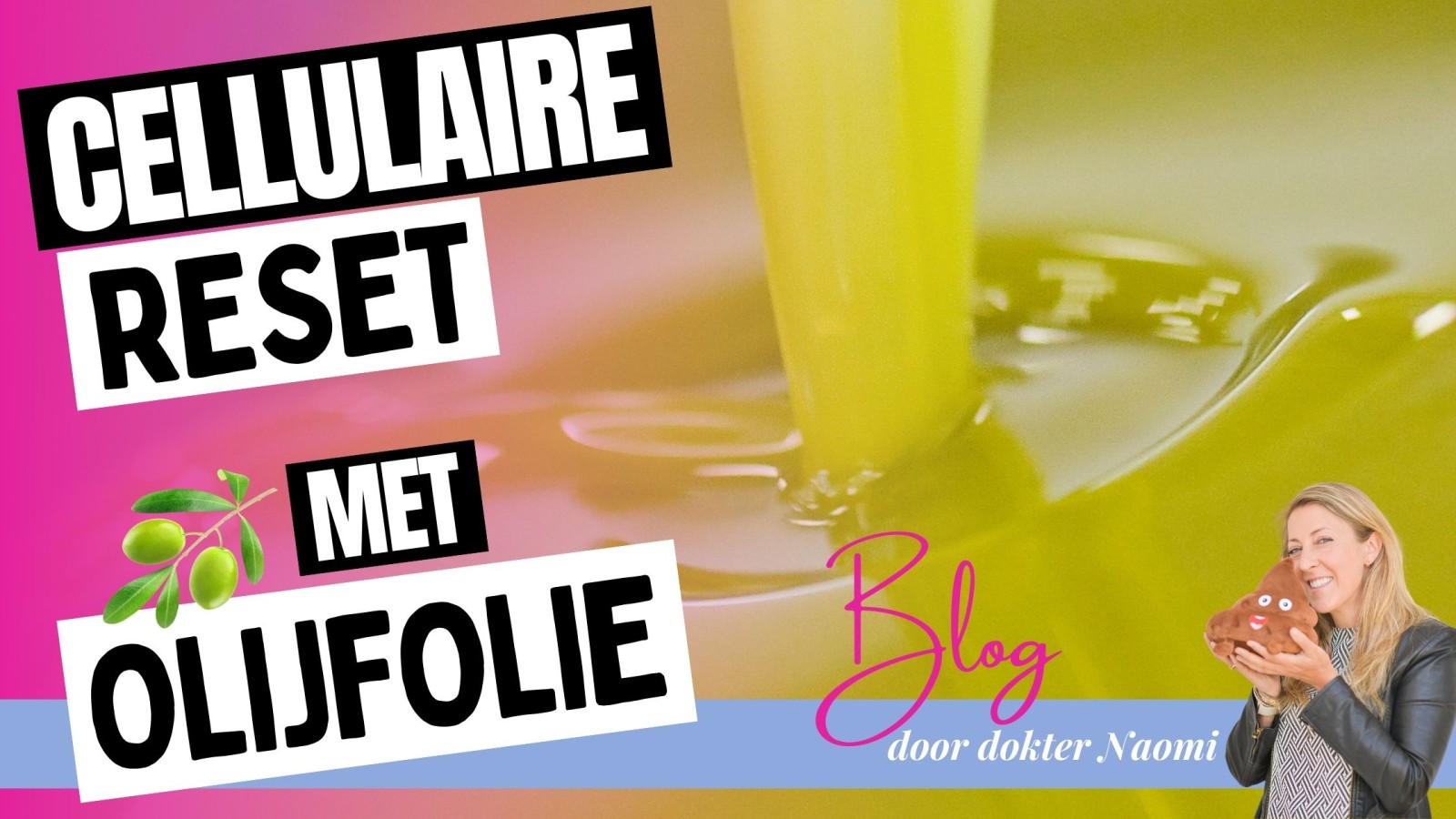
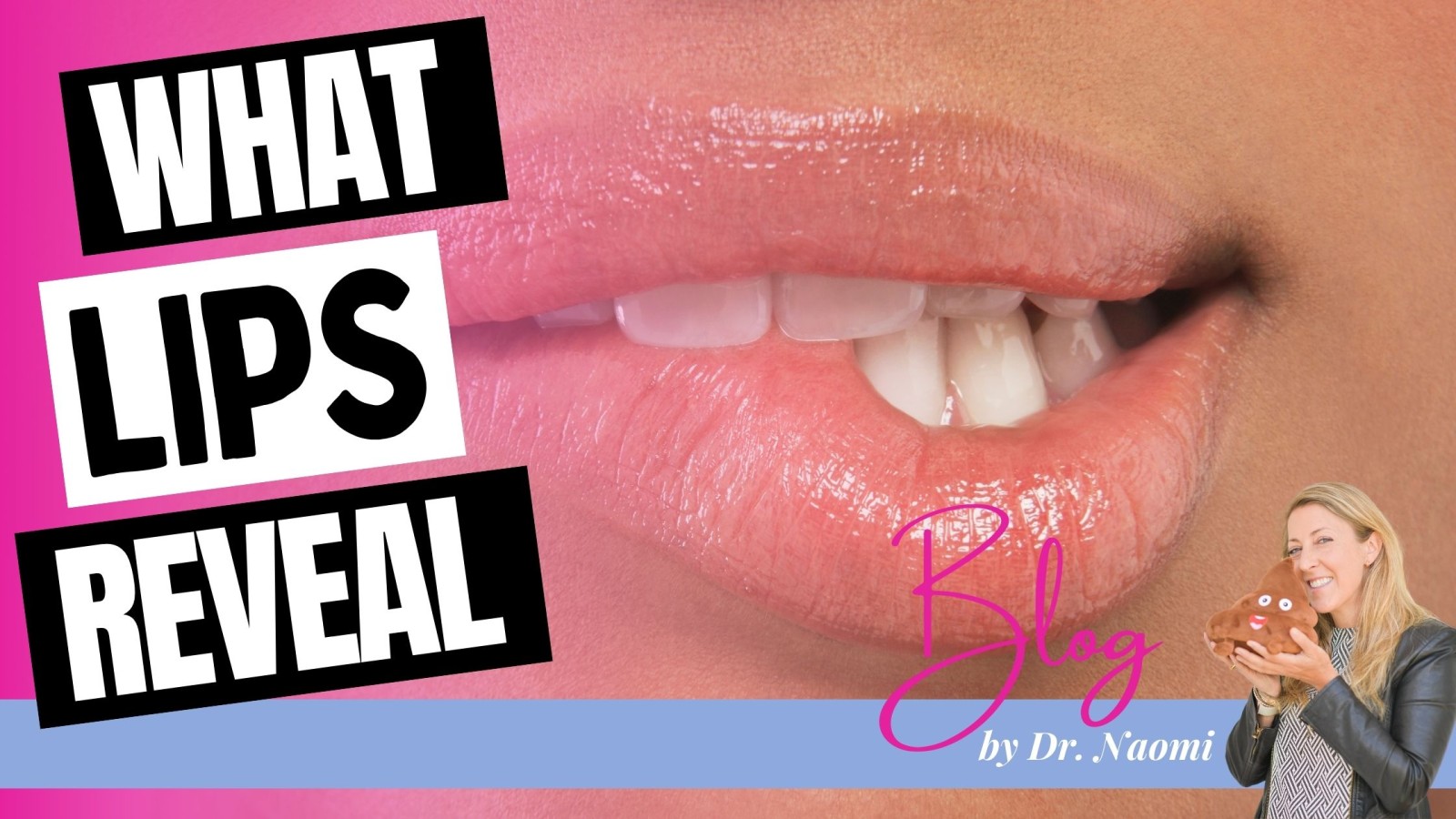
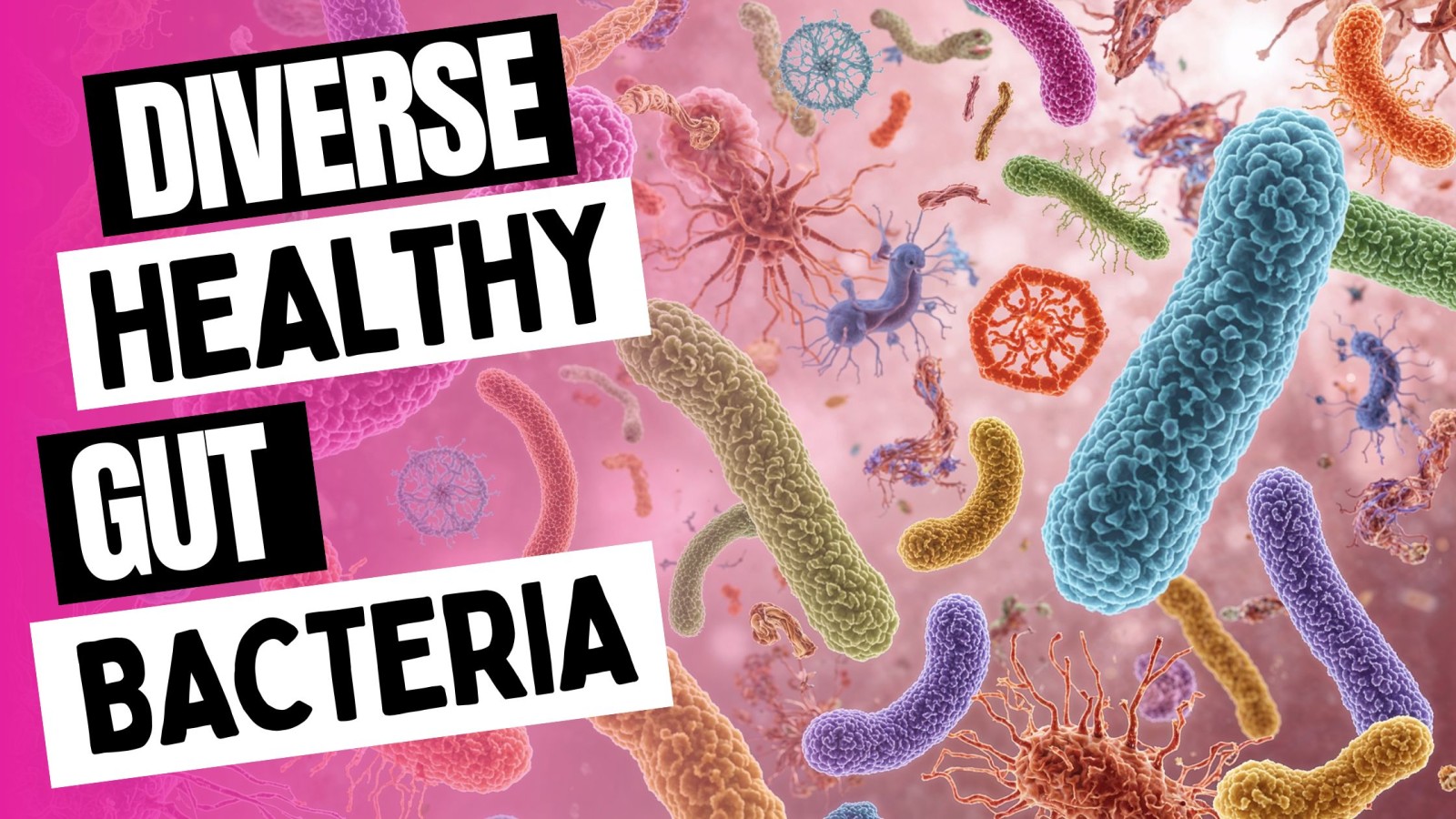

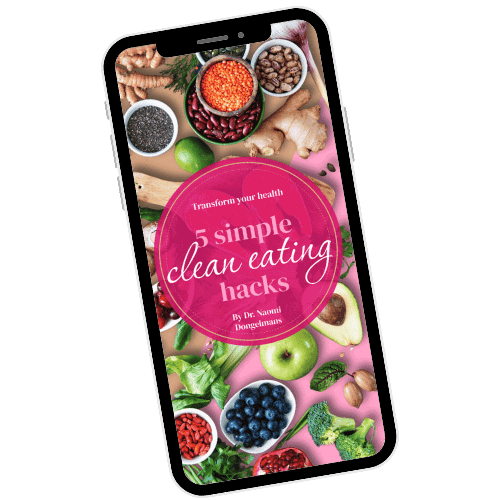






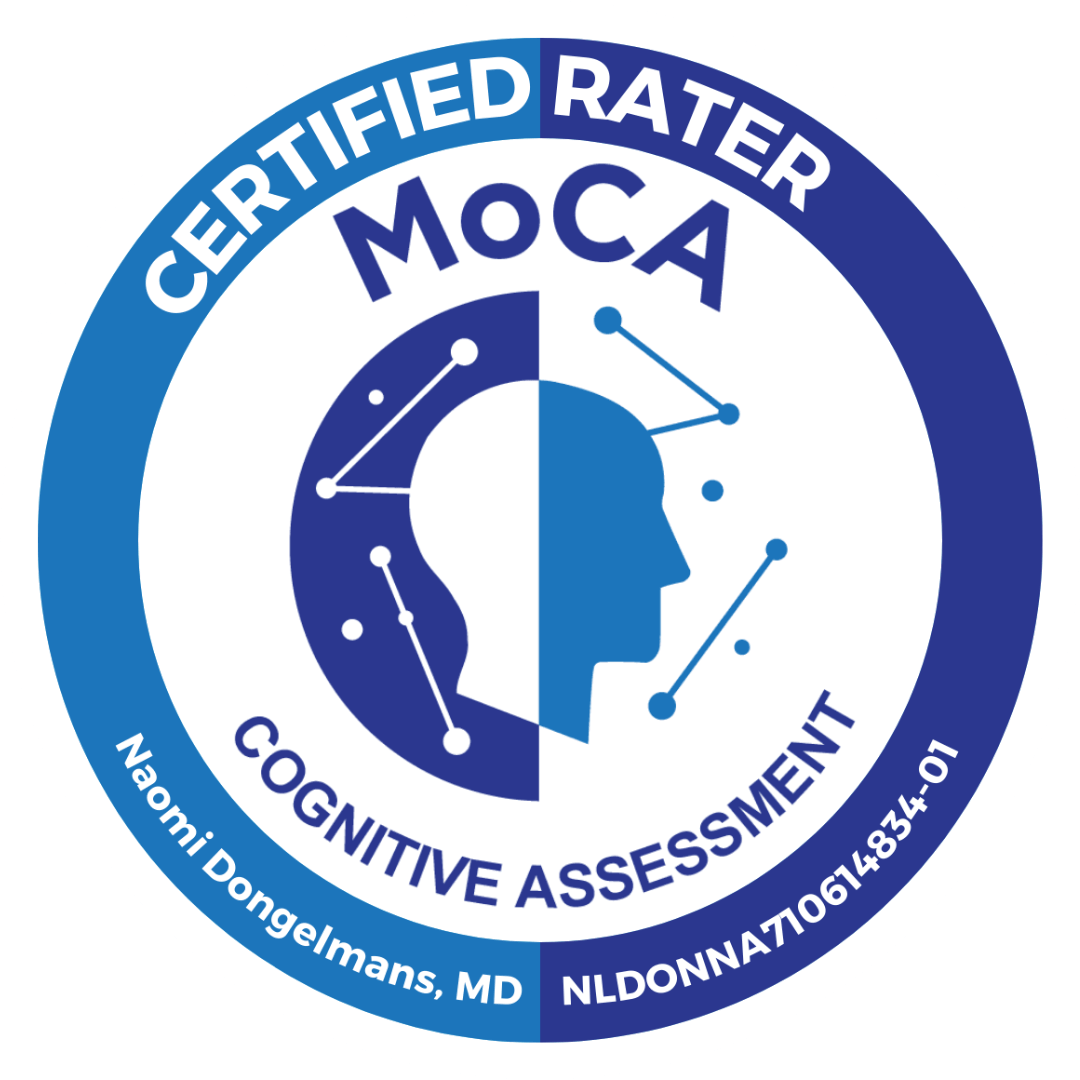





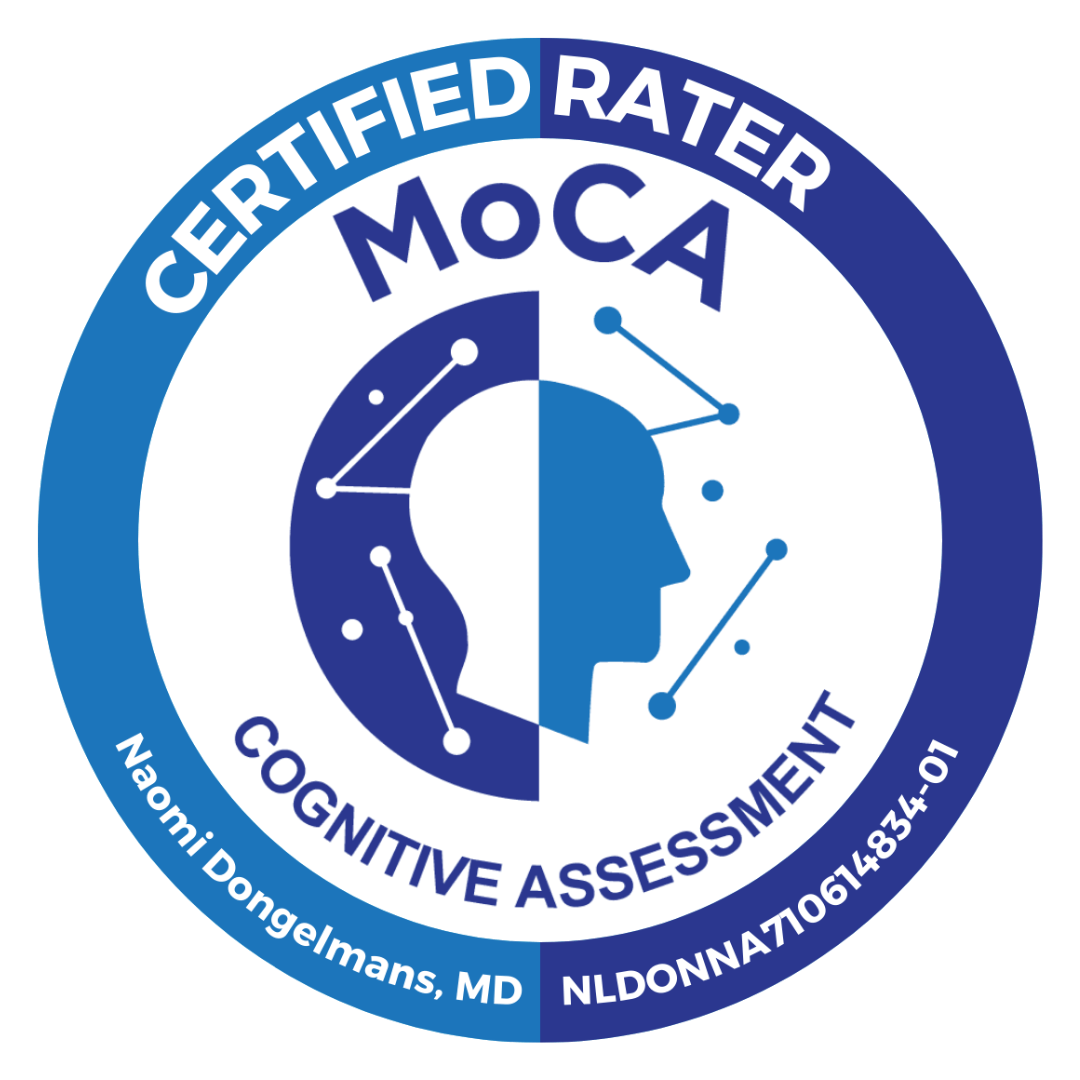

0 Comments